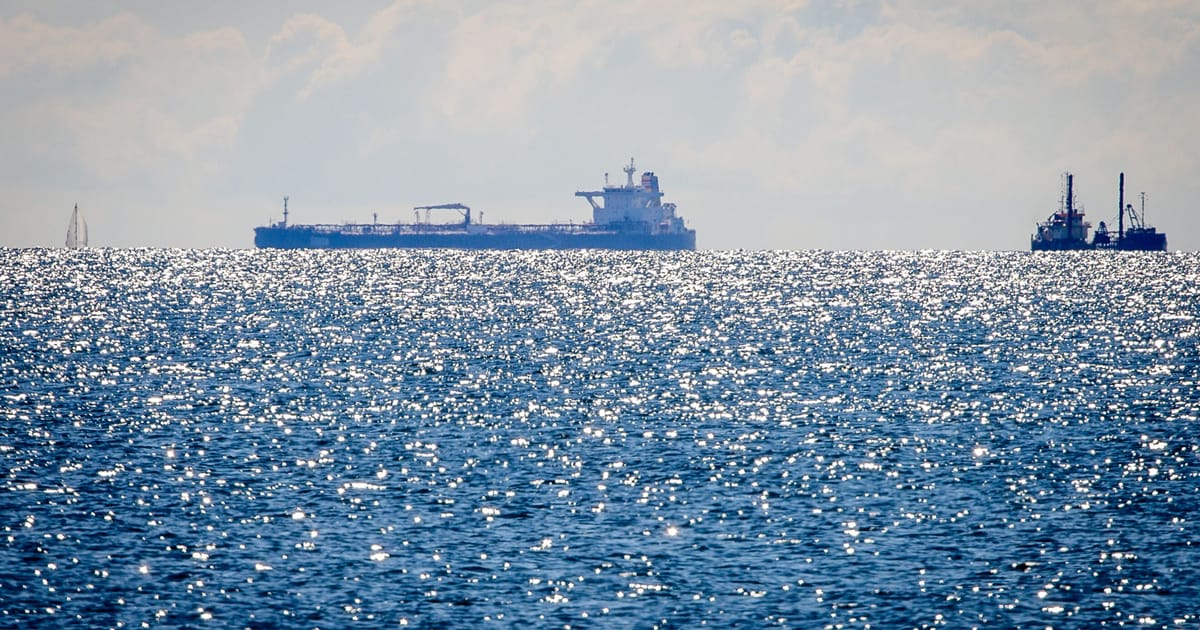These new revelations, which draw on satellite footage from the SkyTruth NGO paired with shipping data from the Kpler commodities platform, follow a 2024 investigation by POLITICO documenting oil spills by the Russian shadow fleet. They highlight the difficulty Western governments face in throttling Russian oil exports and minimizing the risk of ecological disaster in their waters.
The incidents are “a huge problem,” said Latvian Energy Minister Kaspars Melnis. “We are quite lucky at this moment that we don’t have any environmental catastrophe happening.”
Sanctions spillover
In 2022, the Group of Seven industrialized nations imposed a price limit on Russia’s global oil sales, which make up about a quarter of the Russian budget.
Since then, Moscow has increasingly shipped its oil on a growing flotilla of underinsured, creaky tankers with opaque ownership structures. That shadow fleet now numbers 1,300, according to the Lloyd’s List Intelligence maritime analysis firm, and has been linked to massive oil spills and damage to critical subsea infrastructure.
European governments have sanctioned individual tankers, with Brussels so far blacklisting 444 vessels, preventing them from docking at EU ports or using Western services. The hope is also that the measures will prompt non-EU governments where the tankers are registered — known as flag states — to bar them from operating. The U.K. has sanctioned 450 vessels.
Experts warn the decrepit state of the tankers renders them more prone to accidents and collisions, while their murky ownership makes them untraceable and unaccountable to Western authorities. Because of the sanctions, they often sail underinsured.

